Iconic dishes of Taiwanese culture
Beef noodles are not only a popular dish but also a symbol of Taiwanese culinary culture. Going beyond a simple meal, each bowl of noodles is a crystallization of history, cultural exchange and exquisite cooking techniques, providing an unforgettable experience for any visitor.

The origins of modern beef noodles are said to date back to 1949, when waves of immigrants from mainland China brought their recipes with them. With the aid of flour from the United States, the dish gradually developed and became an indispensable part of Taiwan’s culinary map, conquering the taste buds of both locals and international visitors.
Two Schools of Broth: Light or Rich?
The diversity of Taiwanese beef noodles is best demonstrated by the two main types of broth, each with its own distinct style and flavor.
Clear broth (qingdun): The essence of natural sweetness
Originating from Lanzhou hand-pulled noodles in the halal culinary tradition, qingdun broth is prized for its purity and clarity. The broth is simmered over low heat from beef bones, organs and vegetables to fully extract the natural umami flavor. When enjoying, diners will feel the gentle aroma, the perfect background for the sweetness of the meat and the chewiness of the noodles.
Broth (hongshao): Symphony of spices
In contrast to the lightness of qingdun, hongshao broth is rich and complex with many layers of flavor. The beef bone broth is flavored with signature spices such as five-spice powder, star anise, bay leaves, and especially spicy fermented bean paste (doubanjiang). The beef is stir-fried with soy sauce before being slow-cooked, creating a dark brown, thick, and mildly spicy broth. Each restaurant has its own secret recipe, making every bowl of hongshao noodles a unique experience.
The art of choosing meat and noodles
A perfect bowl of beef noodles lies not only in the broth but also in the delicate combination of meat and noodles.
Quality restaurants often choose the best cuts of meat and prepare them carefully. The most popular choice is banjin banrou (half tendon, half meat), which often uses beef shank, brisket, or shoulder combined with the chewy tendon. Some places also serve za (mixed) noodles with a variety of meats and organs such as liver and stomach, reflecting the Taiwanese tradition of utilizing ingredients. Over time, imported beef, even wagyu, has been used to enhance the dish in addition to local beef.
Noodles come in a variety of styles, from wide sliced noodles, hand-pulled noodles to thin noodles. Wide noodles are favored for their ability to soak up rich broth, while thin noodles are suitable for those who prefer a lighter flavor.
Experience like a local
To fully enjoy beef noodles, don't forget the side dishes that are placed on the table. After tasting the original flavor of the broth, you can add crunchy pickled cabbage to balance the richness, or a little homemade chili oil to increase the spiciness. This is not only a way to adjust the flavor but also a part of culinary culture, showing hospitality and the desire to bring the best experience to diners.
Guide to Enjoying Taiwanese Beef Noodles
Reference price
The price of a bowl of beef noodles in Taiwan varies widely, depending on the quality and location of the restaurant:
- Mid-range restaurant: About 100,000 - 350,000 VND.
- High-end restaurant: Can be from 1,000,000 VND or more.
5 suggested addresses not to be missed

- Halal Chinese Beef Noodles (Taipei): 1, Alley 7, Lane 137, Yanji Street, Da'an District, Taipei, 106.
- Ke Kou Beef Noodles (Taichung): 911 Dadun Road, Xitun District, Taichung, 407.
- Lao Shan Dong Homemade Noodles (Taipei): Shop 15, B1, 70 Xining South Road, Wanhua District, Taipei.
- Tien Hsia San Chueh (Taipei): 3, Lane 27, Section 4, Ren'ai Road, Da'an District, Taipei, 106.
- Muji Beef Noodles (Taipei): 239 Wuxing Street, Xinyi District, Taipei, 110.
Source: https://baolamdong.vn/mi-bo-dai-loan-bi-mat-trong-tung-to-mi-tru-danh-397667.html



![[Photo] Prime Minister Pham Minh Chinh and United Nations Secretary-General Antonio Guterres attend the Press Conference of the Hanoi Convention Signing Ceremony](https://vphoto.vietnam.vn/thumb/1200x675/vietnam/resource/IMAGE/2025/10/25/1761391413866_conguoctt-jpg.webp)


![[Photo] National Assembly Chairman Tran Thanh Man receives United Nations Secretary-General Antonio Guterres](https://vphoto.vietnam.vn/thumb/1200x675/vietnam/resource/IMAGE/2025/10/25/1761390815792_ctqh-jpg.webp)
![[Photo] Prime Minister Pham Minh Chinh receives United Nations Secretary-General Antonio Guterres](https://vphoto.vietnam.vn/thumb/1200x675/vietnam/resource/IMAGE/2025/10/25/1761390212729_dsc-1484-jpg.webp)





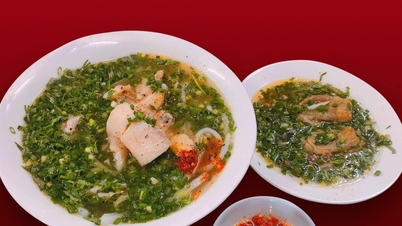








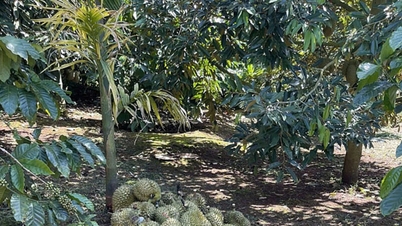

![[Photo] General Secretary To Lam meets with General Secretary and President of Laos Thongloun Sisoulith](https://vphoto.vietnam.vn/thumb/1200x675/vietnam/resource/IMAGE/2025/10/25/1761380913135_a1-bnd-4751-1374-7632-jpg.webp)











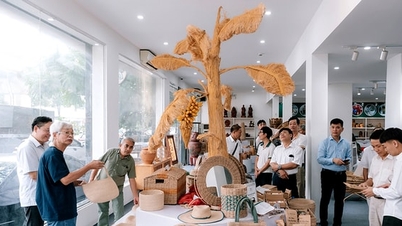











































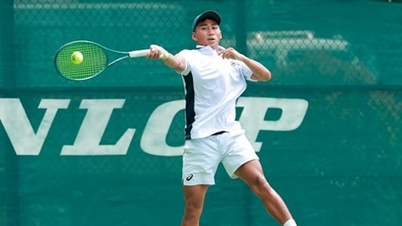


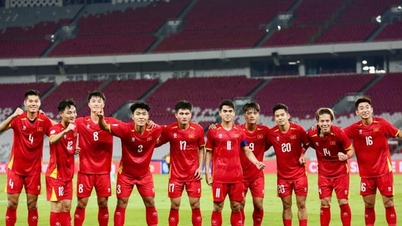


















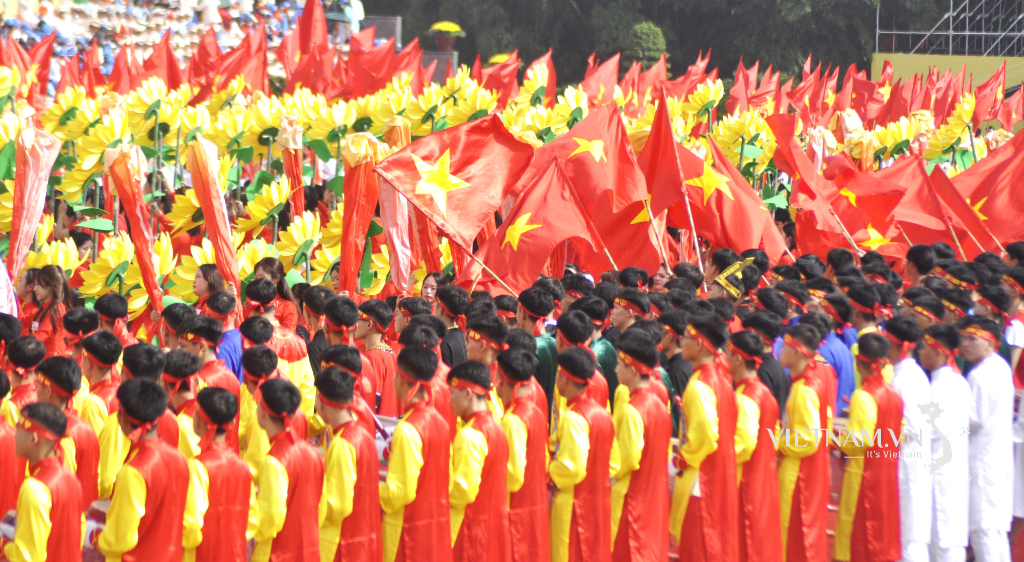

Comment (0)